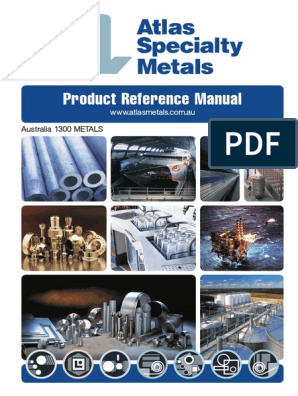0% found this document useful (0 votes)
38 views3 pagesManufacturing Process Terms Definitions
The document provides key definitions of terms related to the manufacturing process in mechanical engineering, covering general manufacturing, machining, forming, casting, joining, sheet metal operations, non-traditional machining, heat treatment, tolerances, and fits. It explains various processes such as machining, forging, welding, and heat treatment, highlighting their specific functions and methods. Additionally, it discusses important concepts like tolerances and surface finish in the context of manufacturing.
Uploaded by
ArindomCopyright
© © All Rights Reserved
We take content rights seriously. If you suspect this is your content, claim it here.
Available Formats
Download as PDF, TXT or read online on Scribd
0% found this document useful (0 votes)
38 views3 pagesManufacturing Process Terms Definitions
The document provides key definitions of terms related to the manufacturing process in mechanical engineering, covering general manufacturing, machining, forming, casting, joining, sheet metal operations, non-traditional machining, heat treatment, tolerances, and fits. It explains various processes such as machining, forging, welding, and heat treatment, highlighting their specific functions and methods. Additionally, it discusses important concepts like tolerances and surface finish in the context of manufacturing.
Uploaded by
ArindomCopyright
© © All Rights Reserved
We take content rights seriously. If you suspect this is your content, claim it here.
Available Formats
Download as PDF, TXT or read online on Scribd
/ 3

















































































































